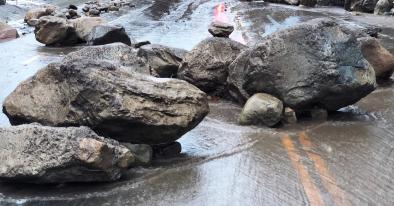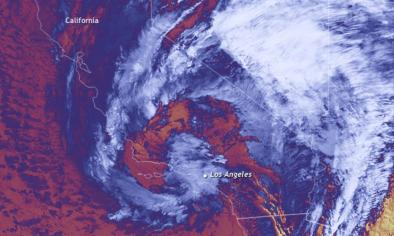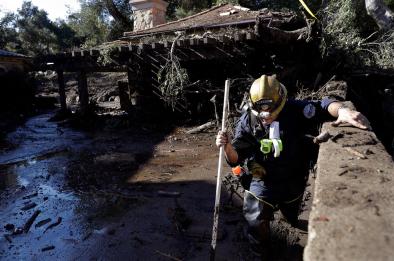Science Source
Synoptic conditions associated with cool season post-fire debris flows in the Transverse Ranges of southern California
- States that the Transverse Ranges of southern California often experience fire followed by flood and that this sequence sometimes causes post-fire debris flows (PFDFs) that threaten life and property
- Identifies common atmospheric conditions during which damaging PFDFs occur in the Transverse Ranges during the cool season, defined here as November–March
- Compares a compilation of 93 PFDF events during 1980–2014 triggered by 19 precipitation events against previous studies of the events, reanalysis, precipitation, and radar data to estimate PFDF trigger times
- Analyzes each event to determine common atmospheric features and their range of values present at and preceding the trigger time
- Results show atmospheric rivers are a dominant feature, observed in 13 of the 19 events
- Finds that all events had radar returns of at a minimum 50 dBZ (approximately >48 mm per hour) indicative of heavy precipitation
- Finds that other common features include low-level winds orthogonal to the Transverse Ranges and other conditions favorable for orographic forcing, a strong upper level jet south of the region, and moist-neutral static stability
Related Content
Headline

Jan 12, 2018 | WIRED
How a Mudslide Becomes a Deadly Tsunami of Rocks and Sludge
Headline

Jan 12, 2018 | NOAA Climate.gov
Winter storm brings destructive mudslides to California in January 2018
Headline

Jan 12, 2018 | Washington Post
‘Evacuation fatigue’ caused some to ignore peril of mudslides
Science Source
| World Weather Attribution
Winter in North America Is Cold — Dec. 2017-Jan. 2018
Geert Jan van Oldenborgh, Hylke de Vries (KNMI), Gabriel Vecchi (Princeton University) et al


